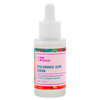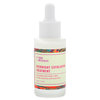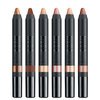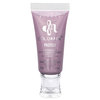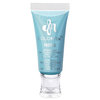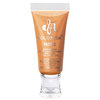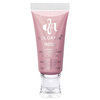
Ever feel relieved to see a pimple disappear then notice a dark spot forming underneath, or get frustrated at the marks that seem to appear overnight on your skin? Pigmentation is the skin’s way of protecting itself, but to the mirror, it’s just an unsightly annoyance. According to New York City-based dermatologist Anne Chapas, M.D., there are plenty of ways to rid yourself of these annoying spots, and it all starts with proper sun protection.
“The dark spot that forms when a pimple disappears is called post-inflammatory pigmentation,” explains Dr. Chapas. “Your skin has just been damaged and hurt, so the area is inflamed. Then, when it hits sunlight, the inflamed area immediately turns dark.” This intensity in color is caused by melanin, a molecule in your skin that turns brown when it is trying to protect itself. A tan is essentially melanin molecules changing color all over your body to protect your cells from damage—think of it as an external band-aid. In terms of treatment, there are a few options. “Never pick the pimple, this will increase the inflammation and pigmentation,” warns Dr. Chapas. “As soon as the skin has healed, apply SPF every day.”
And sunspots? Unfortunately they can’t be treated the same way as regular pigmentation (the damage is is more permanent!), so enlist the help of a laser or strong chemical peel. Of course, lightening serums and retin-A products do work to some extent, but at a much slower pace. And remember, sunscreen is your best friend.
You Might Also Like
-

Skincare
How to Properly Dry Brush Your Skin
- 3
-

Expert Skin Care Advice
Are Lasers Your Last Resort?
- 42
-

Skincare
What Are Those Bumps on Your Arms?
- 354
-

Skincare
The Hidden Culprit Behind Breakouts
- 1475
-
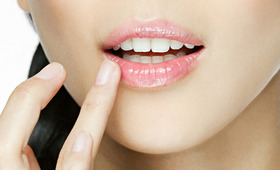
Product Trends
The New Balm: Three Lip Oils We Love
- 973
-

Blemish & Acne Treatments
So Long, Summer Breakouts!
- 77
-
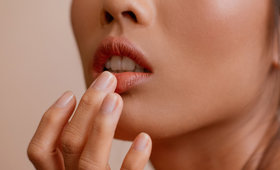
Lip Scrubs
The Best Lip Scrubs for Soft, Smooth Lips
- 469
-

Eye Cream
Do You Need Eye Cream?
- 261





